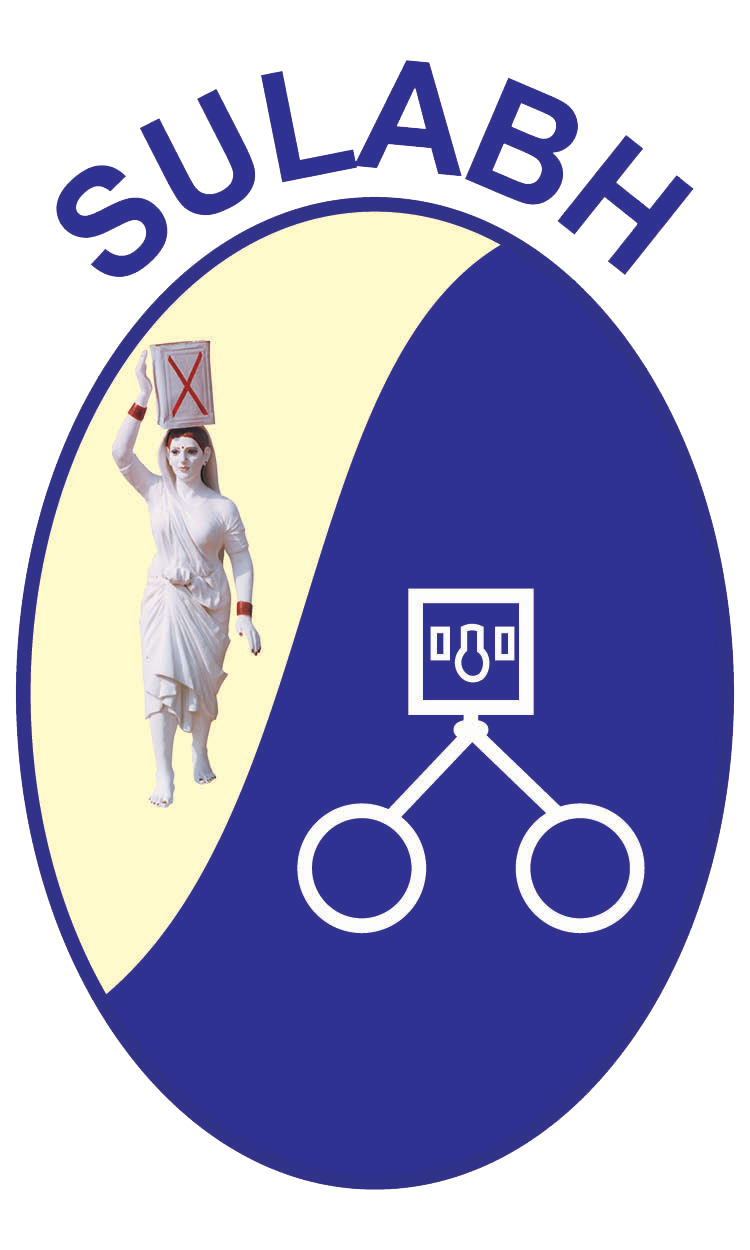One organisation which works to improve the state for sanitation in the country is Sulabh, founded by Dr Bindeshwar Pathak in 1970. Sulabh is the largest internationally recognized pan-Indian social service outfit with over 35,000 volunteers. It began through Pathak’s desire to help scavengers-men and women who carry and dispose of human excreta. He developed a two-pit pour flush toilet (known as the Sulabh shauchalaya) which did not require scavenging to clean. Subsequently, Sulabh also started pay-and-use public toilets, popularly known as Sulabh Complexes, with bath, laundry and toilet facilities. These are used by about ten million people every day. Sulabh has also pioneered the production of biogas and bio-fertilizer from excreta-based plants.








